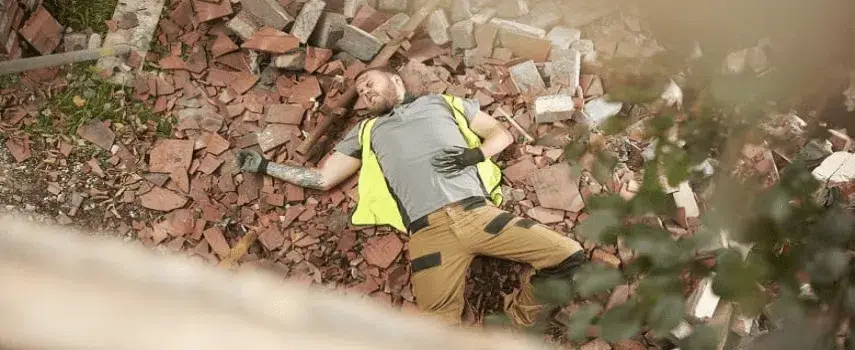Construction site falls are among the most dangerous and fatal workplace accidents in New York City. These accidents occur for a variety of reasons, often rooted in inadequate safety measures, ignoring regulations, or unforeseen hazards. Understanding the causes of these accidents and the legal framework surrounding them is critical for reducing their commonality and ensuring justice for injured workers.
Common Causes of Fall Accidents
- Inadequate Fall Protection Systems: Protecting workers is mandated by federal regulations under OSHA and local NYC laws. However, some employers fail to implement sufficient safeguards such as guardrails, harnesses, or safety nets. This negligence exposes workers to significant risks, especially when operating at elevated heights.
- Poor Site Maintenance: Construction sites are inherently chaotic, but failing to maintain clear pathways and organize equipment can lead to slips, trips, and falls. Uneven surfaces, misplaced tools, or materials obstructing walkways are common causes.
- Defective or Misused Equipment: Scaffolding, ladders, and harnesses are common tools on construction sites. When these items are poorly maintained or improperly installed, they become dangerous. New York City’s dense construction environment increases the frequency of such risks.
- Untrained Workers: Construction work demands specialized skills and safety knowledge. When workers lack proper training, they are less equipped to identify hazards or use protective equipment effectively. NYC’s multilingual and diverse workforce adds another layer of complexity, as language barriers can impede proper safety instruction.
- Failure to Comply with Building Codes: NYC has strict building codes and safety regulations designed to protect workers. Ignoring these codes can result in accidents. For instance, scaffolding collapses or unguarded floor openings often begin from non-compliance.
Wilinski v. 334 E. 92nd Hous. Dev. Fund Corp.
The Wilinski case is a pivotal moment in New York construction law, particularly regarding fall related injuries. This case expanded the interpretation of New York Labor Law § 240(1), commonly known as the “Scaffold Law.” In essence, it added further protections for workers and expanded their right to further compensation. We are proud that The Platta Law Firm was the one to argue for this change and for the financial security of our client.
The New York Court of Appeals ruled in favor of Wilinski, determining that the law applies even when a falling object is at the same level as the worker. This ruling emphasized that gravity related risks extend beyond elevated workplaces and highlighted the importance of protecting workers against falling objects or collapses, regardless of height.
Implications for NYC Construction Safety
The Wilinski decision reinforced the principle that employers and contractors bear significant responsibility for maintaining safe environments. This case serves as a reminder that fall accidents often stem from preventable circumstances, such as failing to provide appropriate fall protection systems.
Construction site fall accidents in NYC often result from a combination of inadequate safety measures, poor equipment maintenance, and non-compliance with laws. Cases like Wilinski v. 334 E. 92nd Hous. Dev. Fund. Corp. Demonstrate the legal and moral responsibility of contractors and property owners to safeguard workers. By addressing the root causes of these accidents, NYC can move closer to a safer construction industry where workers’ rights and lives are prioritized. Get in contact with us if you know someone who has been the victim of a construction site fall.


